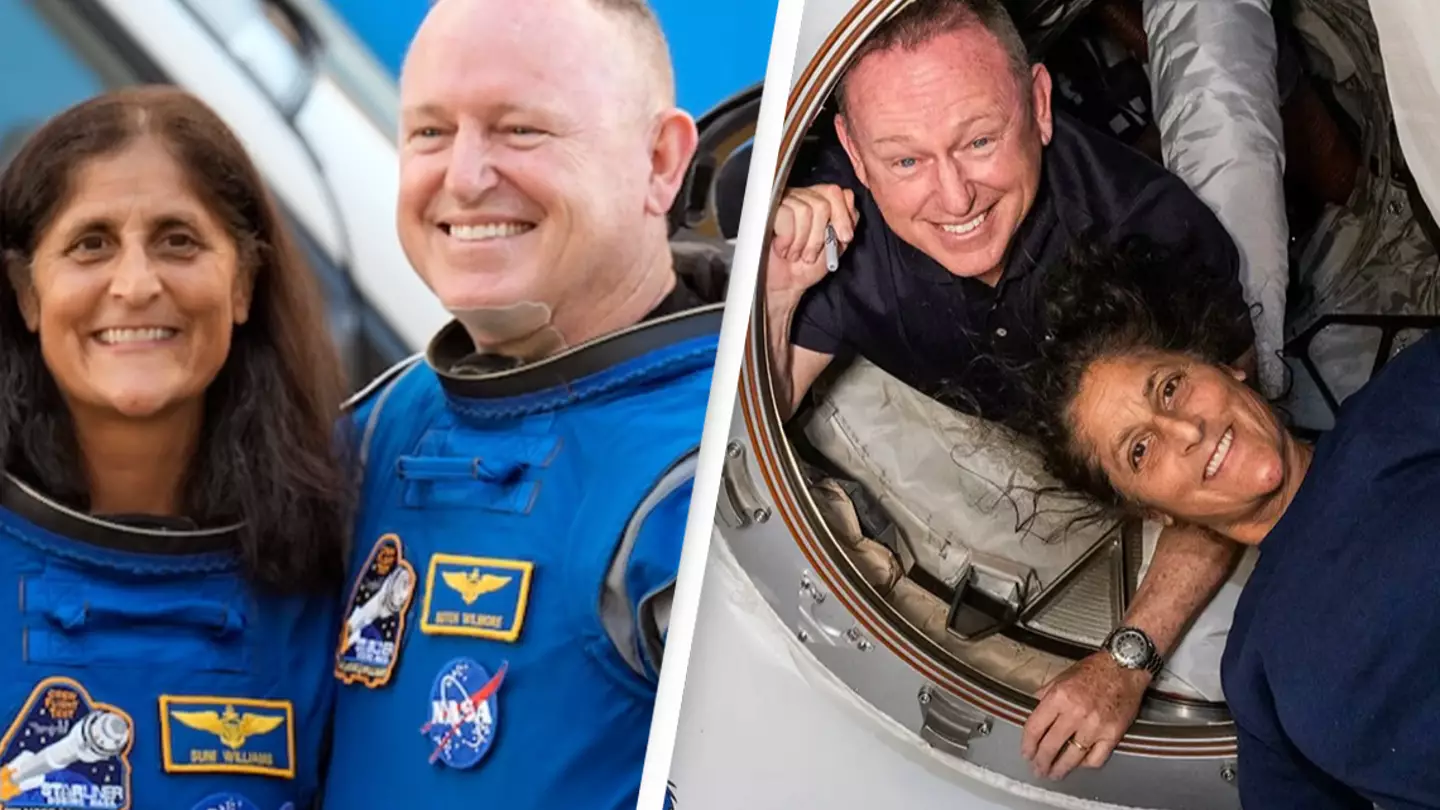
Two American astronauts who are currently stranded in space could end up with just 96 hours worth of oxygen in a worst-case scenario, an expert has claimed.
Sunita Williams and Butch Wilmore set off into space on June 5 with the expectation that they’d be back a little over a week later, but more than two months on the two astronauts are still living among the stars.
The pair became stuck when the Boeing Starliner spacecraft which carried them to the International Space Station began to experience technical issues, which meant their return to Earth had to be delayed.
In an update given on 14 August, NASA assured both Williams and Wilmore are ‘doing great’ and keeping busy on board the ISS.
The space agency admitted the two astronauts could be in space for as long as eight months if they have to wait for a SpaceX craft to bring them back, but their return could come sooner if they are able to use the Boeing Starliner.
With discussions about the best way to bring the astronauts back still ongoing, Rudy Ridolfi, a former commander of US military space systems, shared his thoughts on using the Starliner and claimed there are three severe scenarios that could occur in a worst-case situation.
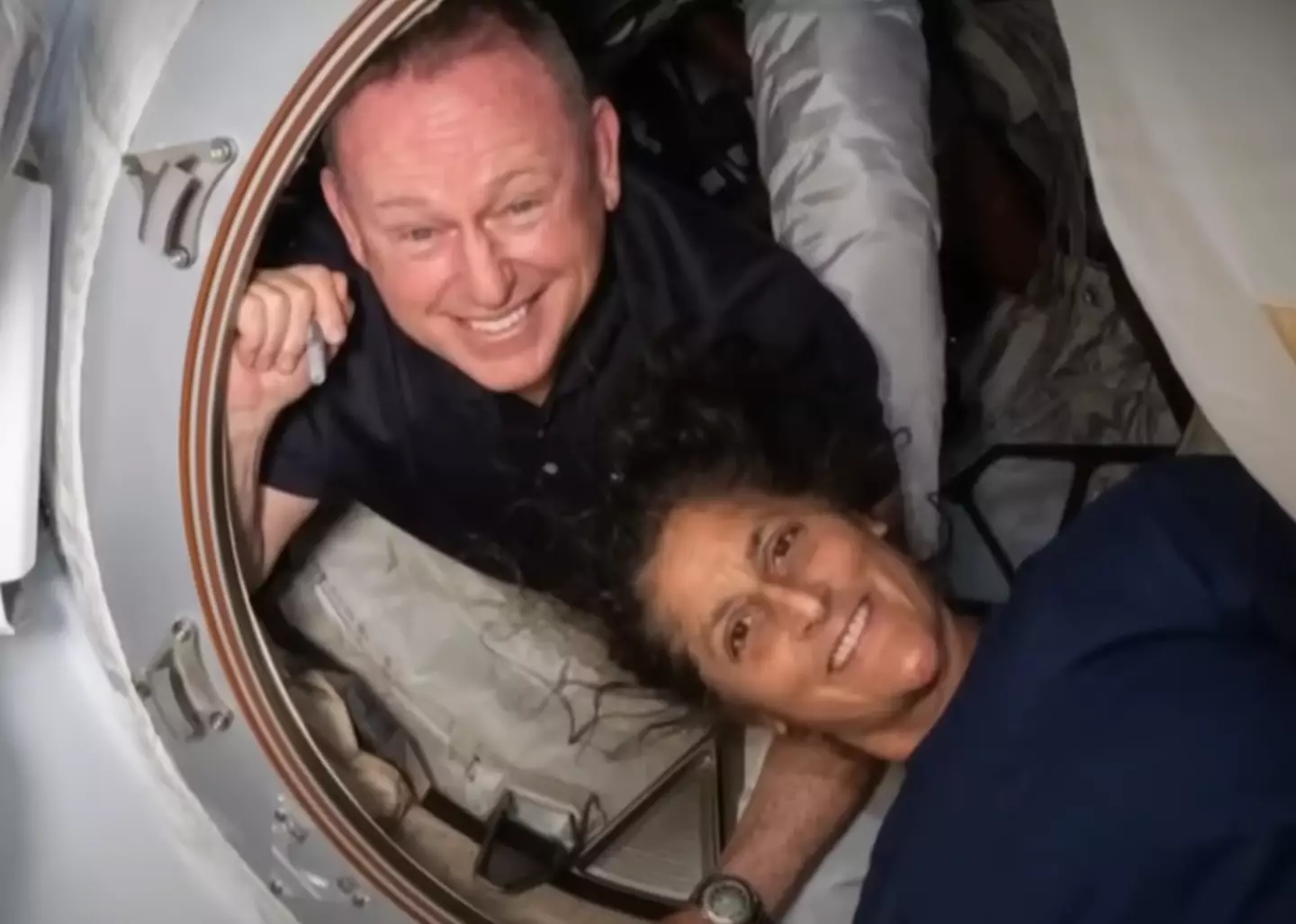
Sunita Williams and Butch Wilmore are said to be ‘doing great’. (NBC News)
Speaking to CNBC TV 18, Ridolfi explained that the safe re-entry of the Starliner relies heavily on the alignment of the spacecraft’s service module. If the alignment is off, there could be three potential outcomes:
96 hours of oxygen
One of the potential scenarios, Ridolfi claimed, is that the Starliner may attempt to reenter the Earth’s atmosphere at an improper angle, causing it to bounce off and remain in orbit.
The craft could them become stranded in space with malfunctioning thrusters, and just 96 hours worth of oxygen on board.
Failure to re-enter the Earth’s atmosphere
A faulty alignment may also put the Starliner at risk of failing to enter the atmosphere altogether, leaving it in space indefinitely.

The astronauts are working on the space station. (Getty Stock Photo)
Vaporisation
Arguably the most dire of the three scenarios, Ridolfi said that if the Starliner were to reenter the atmosphere at too steep an angle, it could cause extreme heat and friction to hit the Starliner’s heat shield.
The severity of the situation could lead the shield to fail, in turn causing the spacecraft to burn up altogether.
As I mentioned, these are worst-case scenarios for the astronauts and if Ridolfi has thought of them, it’s likely that NASA has too.
The agency has said it will make a decision regarding the return of Williams and Wilmore by the end of August

NASA has shared an update on the astronauts stranded on the ISS, admitting they ‘really should be making a call’ on how to bring them home.
In June, astronauts Barry Wilmore and Suni Williams embarked on what was just meant to be an eight-day mission, but things didn’t go to plan.
As they were flying to the International Space Station (ISS) they encountered several problems with the capsule.
The Boeing Starliner experienced five helium leaks, while five manoeuvring thrusters went dead.
The pair are now aboard the ISS with other astronauts, but they have no means of getting home currently.
While they may be stuck up in space for the time being, Wilmore and Williams are trying to keep spirits high.
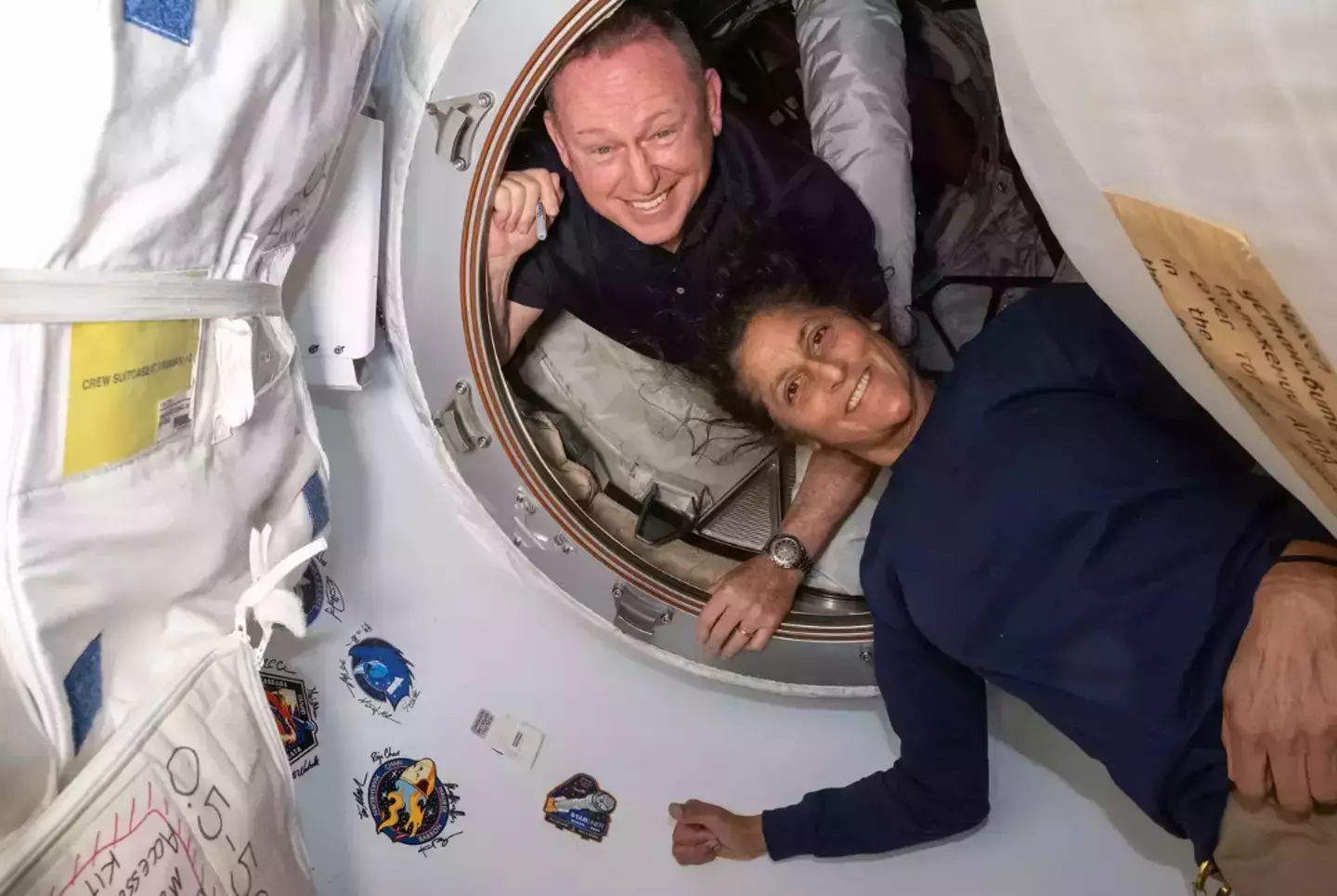
Barry Wilmore and Suni Williams’ mission has been a lot longer than expected. (NASA)
During a recent briefing with reporters, Williams said: “We’ve been thoroughly busy up here, integrated right into the crew.
“It feels like coming back home. It feels good to float around. It feels good to be in space and work up with the ISS team. So yeah, it’s great to be up here.”
While it was initially feared the pair would have only 72 days at most to survive, it’s now believed the astronauts may not return to Earth until 2025.
Steve Stich, NASA’s Commercial Crew Program manager, recently explained that if tests prove too risky to make the trip home on Starliner, they may be forced to return with SpaceX’s Crew-9 return flight.
The thing is, this won’t be ready to go until February.
NASA Associate Administrator for Space Operations Ken Bowersox provided a further update on the astronauts during a teleconference on Wednesday (14 August).

The astronauts may not return to Earth until 2025. (NASA)
“We’ve had very honest discussions with each other, and I am not surprised the Boeing team are 100% behind their vehicle,” the NASA guru said.
“But I can also tell you that they want to work with us in a partnership, which the NASA team thinks is important. When we get to a decision, we will work through it together.”
Bowersox added: “It’s getting a lot harder. We’re reaching a point where [by] that last week in August we really should be making a call, if not sooner.
“Butch and Suni are well engaged on the space station. It’s great to be there, enjoying the environment, eating that great space food and being able to look out the window.
“So I know they’re making the best of this time, but I’m sure they’re eager for a decision just like the rest of us.”
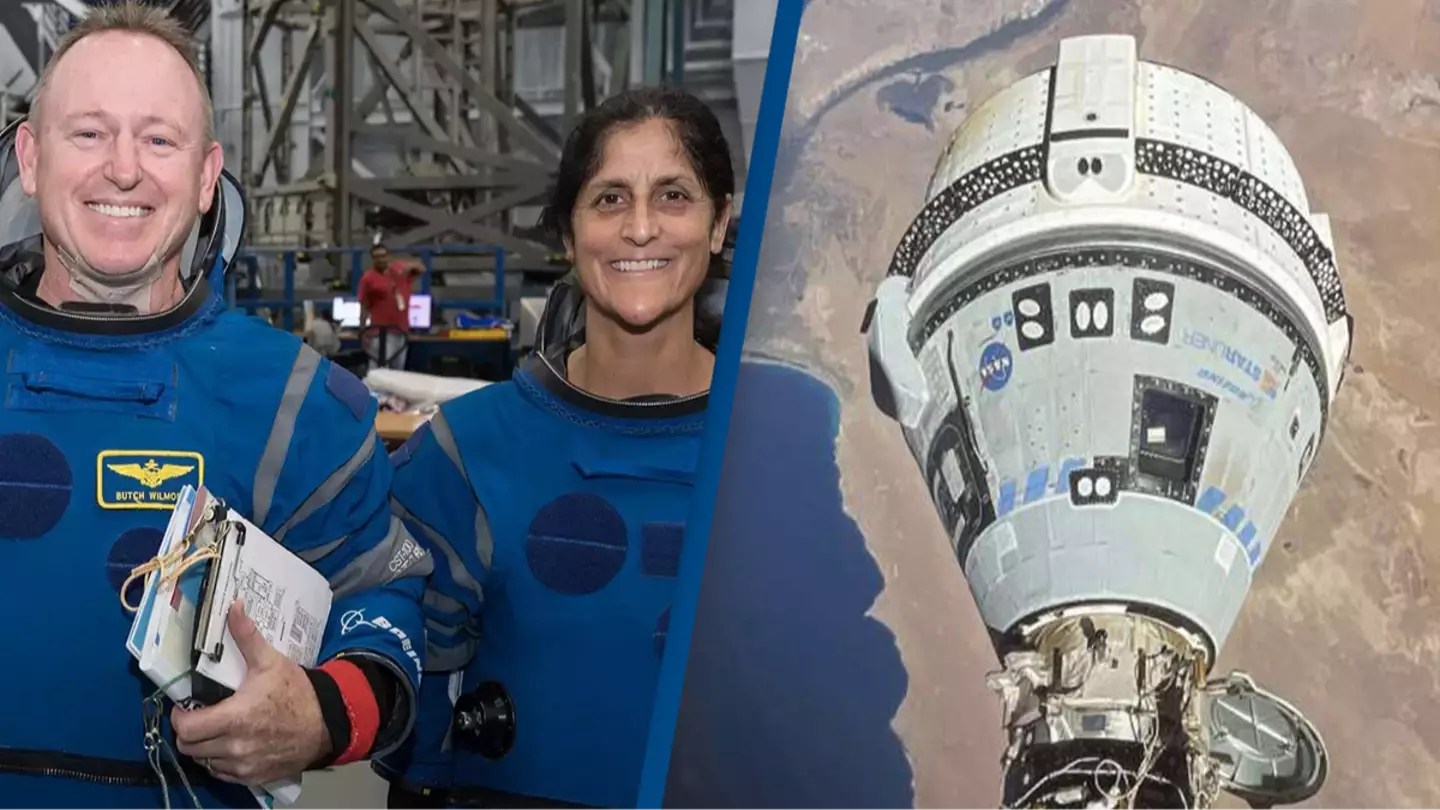
The capsule experienced a malfunction in five maneuvering thrusters, had five helium leaks, and saw one of its propellant valves fail to close completely ahead of its docking on the ISS.
While a previous Reuters report hinted that NASA was hoping to get Wilmore and Williams back by July 6, officials have recently given an update clarifying that no return date is yet set until engineers figure out a way to completely solve the capsule’s issues.
NASA’s commercial crew program manager Steve Stich said mission managers are not ready to announce a return date yet, but clarified that the primary goal is to bring Wilmore and Williams back aboard the Starliner and home.
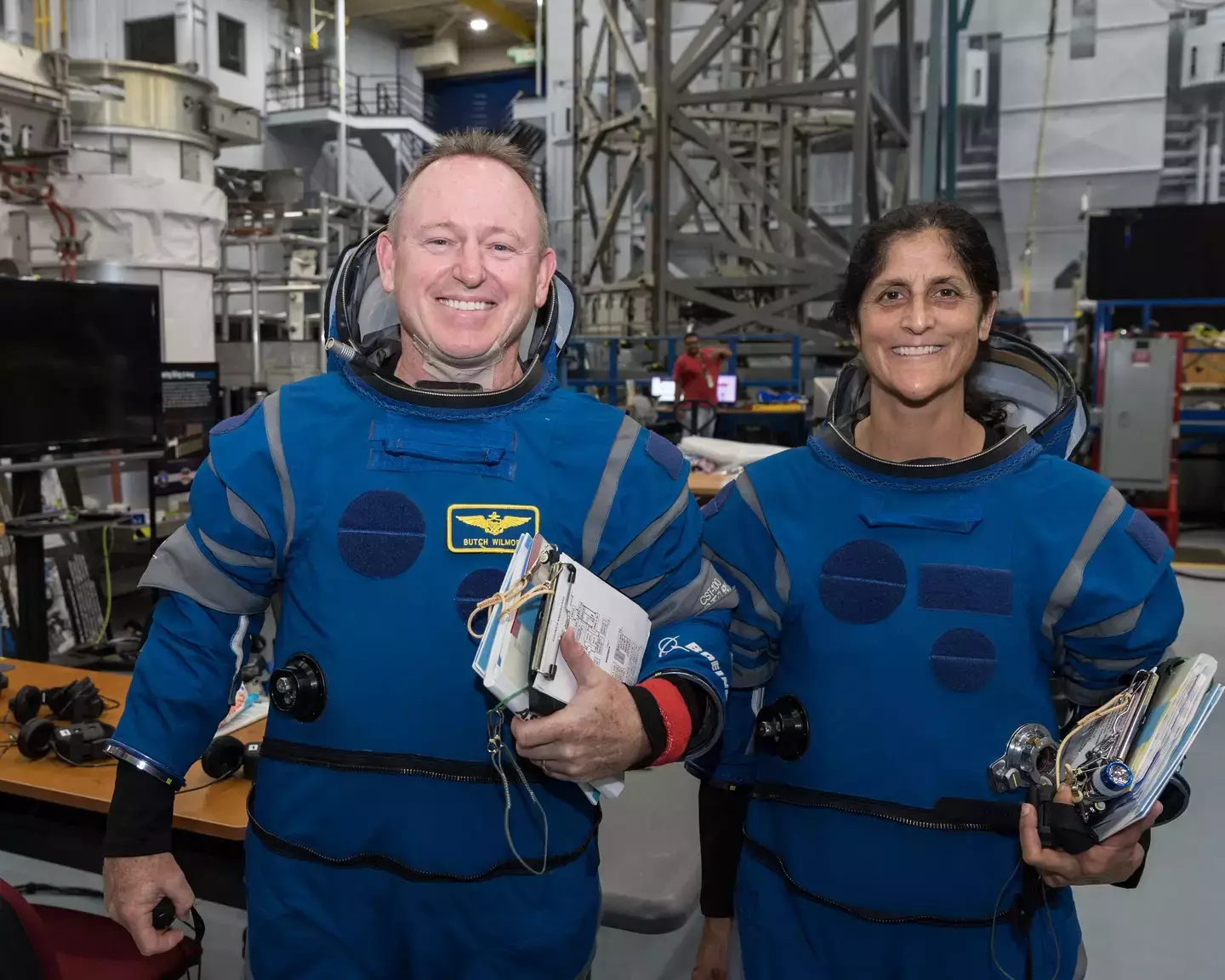
Wilmore and Williams will hopefully be home soon. (NASA)
“We’ll come home when we’re ready,” Stich said.
He also acknowledged that NASA currently has several backup options under review if the Starliner fails to be fixed in time. One option is SpaceX‘s Dragon capsule which can bring astronauts to and from space stations.
“NASA always has contingency options,” he clarified.
Stich previously shared to reporters that the Starliner can be docked at the ISS for up to 45 days. However, this can be extended to about 72 days if need be as there are several backup systems in place.
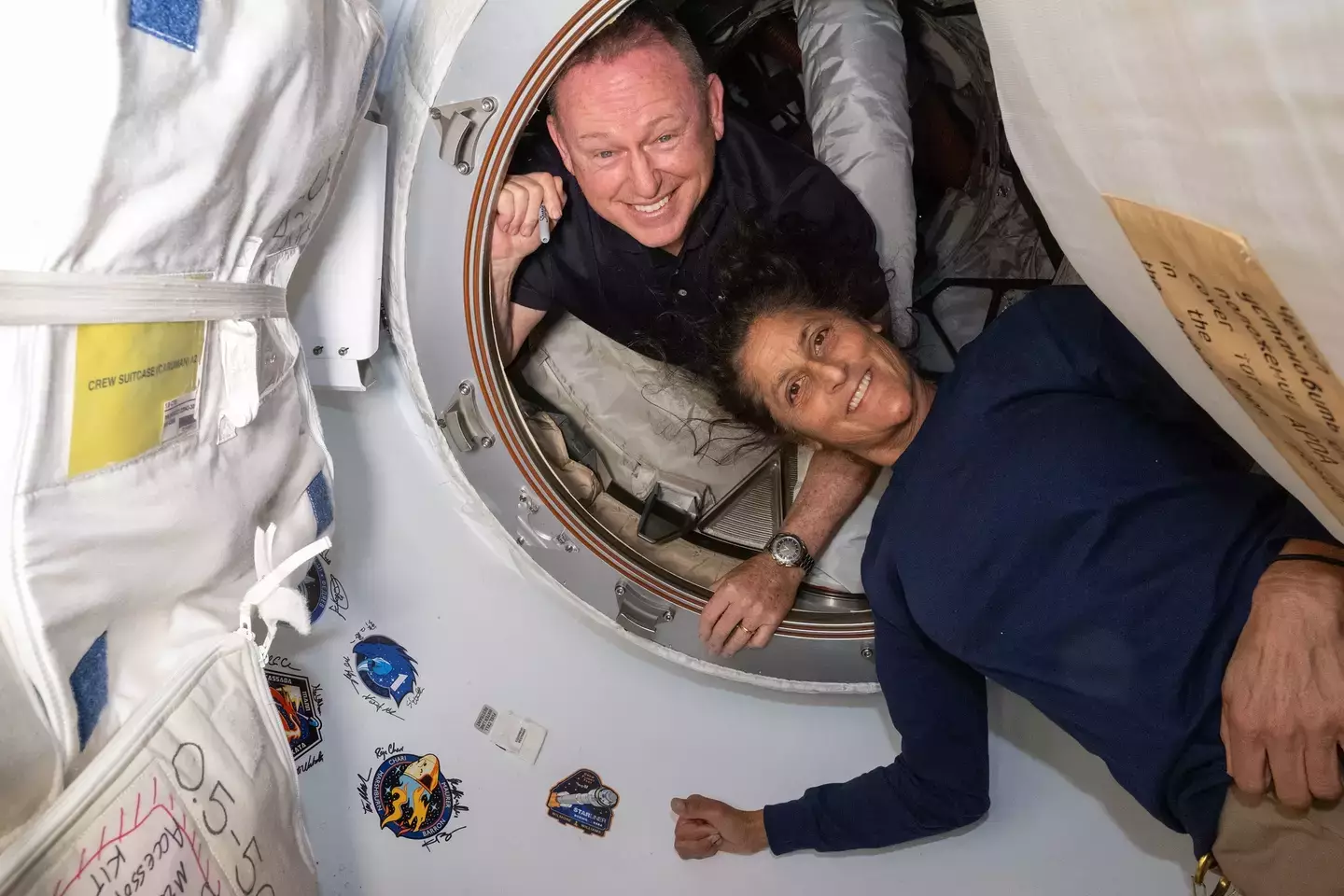
Despite the barrage of malfunctions, NASA is confident Williams and Wilmore will return home.(NASA)
Engineers are currently testing spare thrusters in the New Mexico desert to try and understand what went wrong with the Starliner ahead of its docking. Five of its thrusters failed as it approached the space station on June 6, four have since been reactivated.
This was Boeing‘s first ever test flight with a crew aboard. The initial demo in 2019, which flew empty, never made it to the space station because of bad software.
They repeated the test in 2022, however, more issues arose.
Despite the slew of problems, NASA is confident that Wilmore and Williams can and will be returned home safely.

A team of lunar scientists looked into how the moon shrinking impacts its surface, as part of a study titled: Tectonics and Seismicity of the Lunar South Polar Region published by the American Astronomical Society in The Planetary Science Journal on 25 January.
The study looks at how when the moon shrinks. Its surface pushes up against itself and forms creases and one part of the moon is more affected by this than any other – the south polar region.
But why?
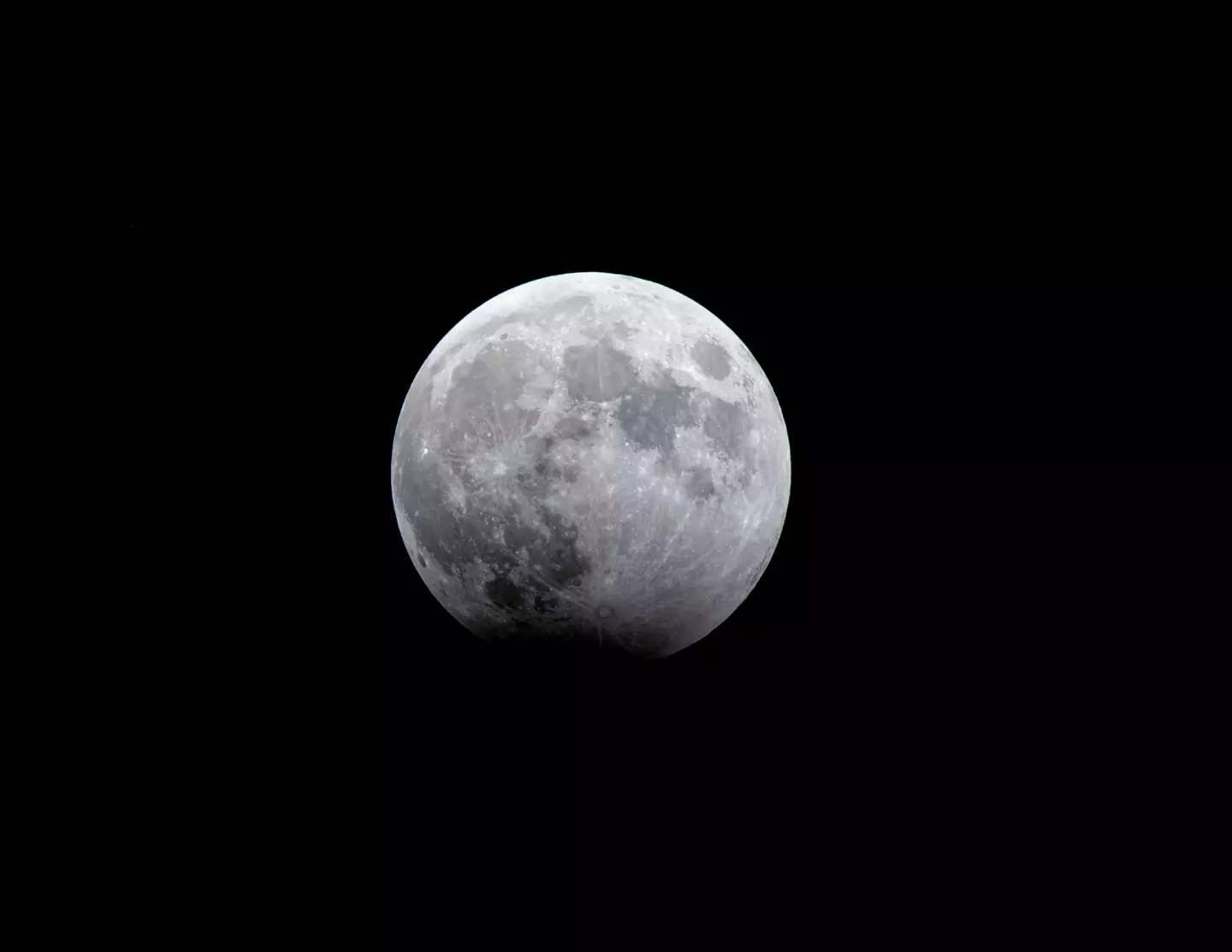
Getty images/ Rami Alsayed/ NurPhoto
Well, the team of scientists discovered the area’s surface is more creased as a result of a moonquake which took place over 50 years ago.
The moonquake was one of the most powerful ever recorded by Apollo seismometers. A moonquake, similar to an earthquake, is capable of producing similar levels of destruction such as building damage. However, moonquakes can last for hours compared to most earthquakes which last seconds or minutes.
Co-author Professor Nicholas Schmerr, from the University of Maryland explains, as quoted by the College of Computer, Mathematical and Natural Sciences: “You can think of the moon’s surface as being dry, grounded gravel and dust. Over billions of years, the surface has been hit by asteroids and comets, with the resulting angular fragments constantly getting ejected from the impacts.
“As a result, the reworked surface material can be micron-sized to boulder-sized, but all very loosely consolidated. Loose sediments make it very possible for shaking and landslides to occur.”
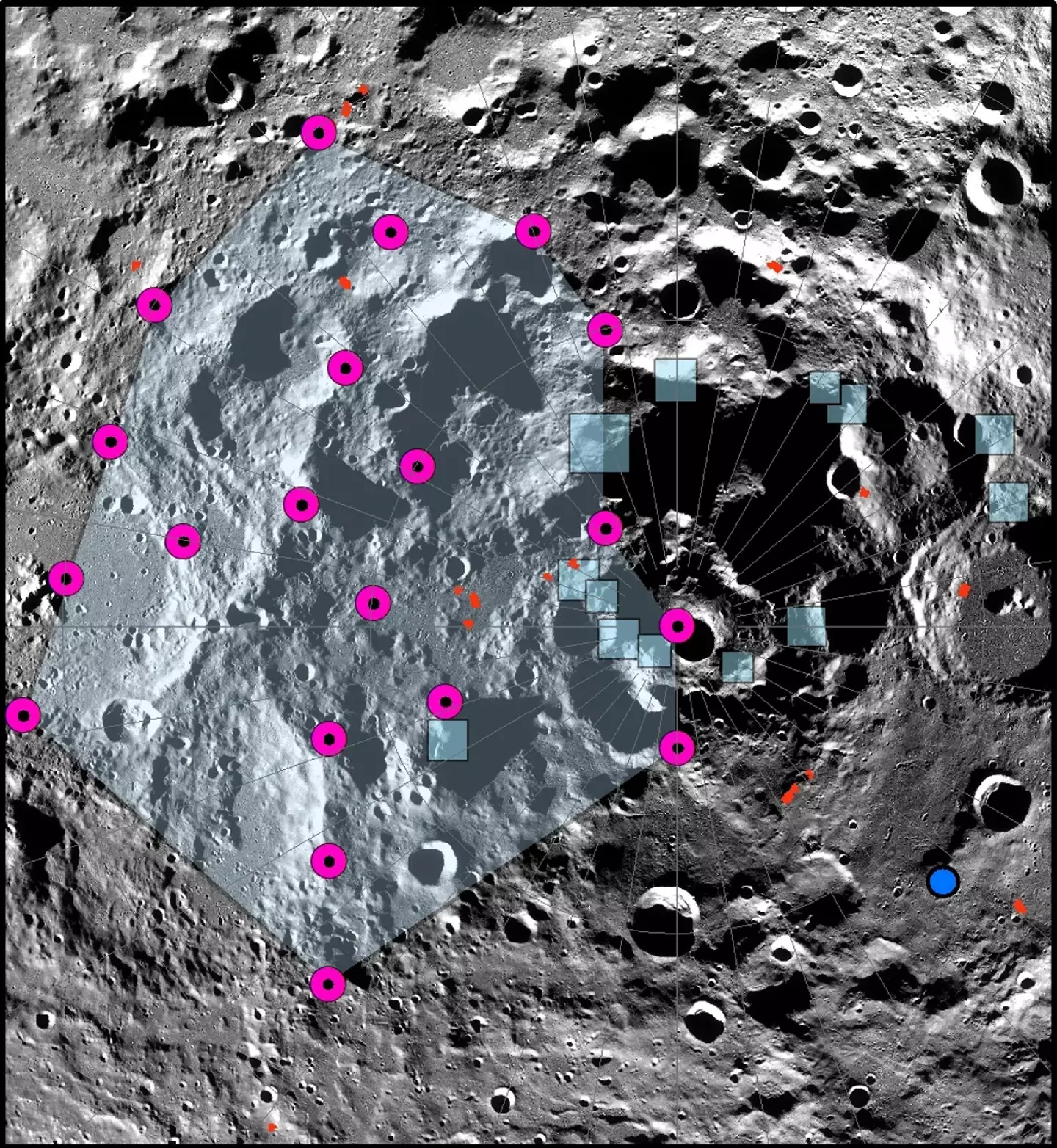
NASA/LRO/LROC/ASU/Smithsonian Institution
The team then used modeling to map out where the weakest areas are located on the moon, which could be more badly impacted by moonquakes, and subsequently susceptible to landslides.
Senior scientist emeritus in the National Air and Space Museum’s Center for Earth and Planetary Studies and lead author on the study, Thomas R Watter adds: “Our modeling suggests that shallow moonquakes capable of producing strong ground shaking in the south polar region are possible from slip events on existing faults or the formation of new thrust faults.”
And this could obviously have an affect on astronauts either trying to land on the moon or their safety while they’re on it.
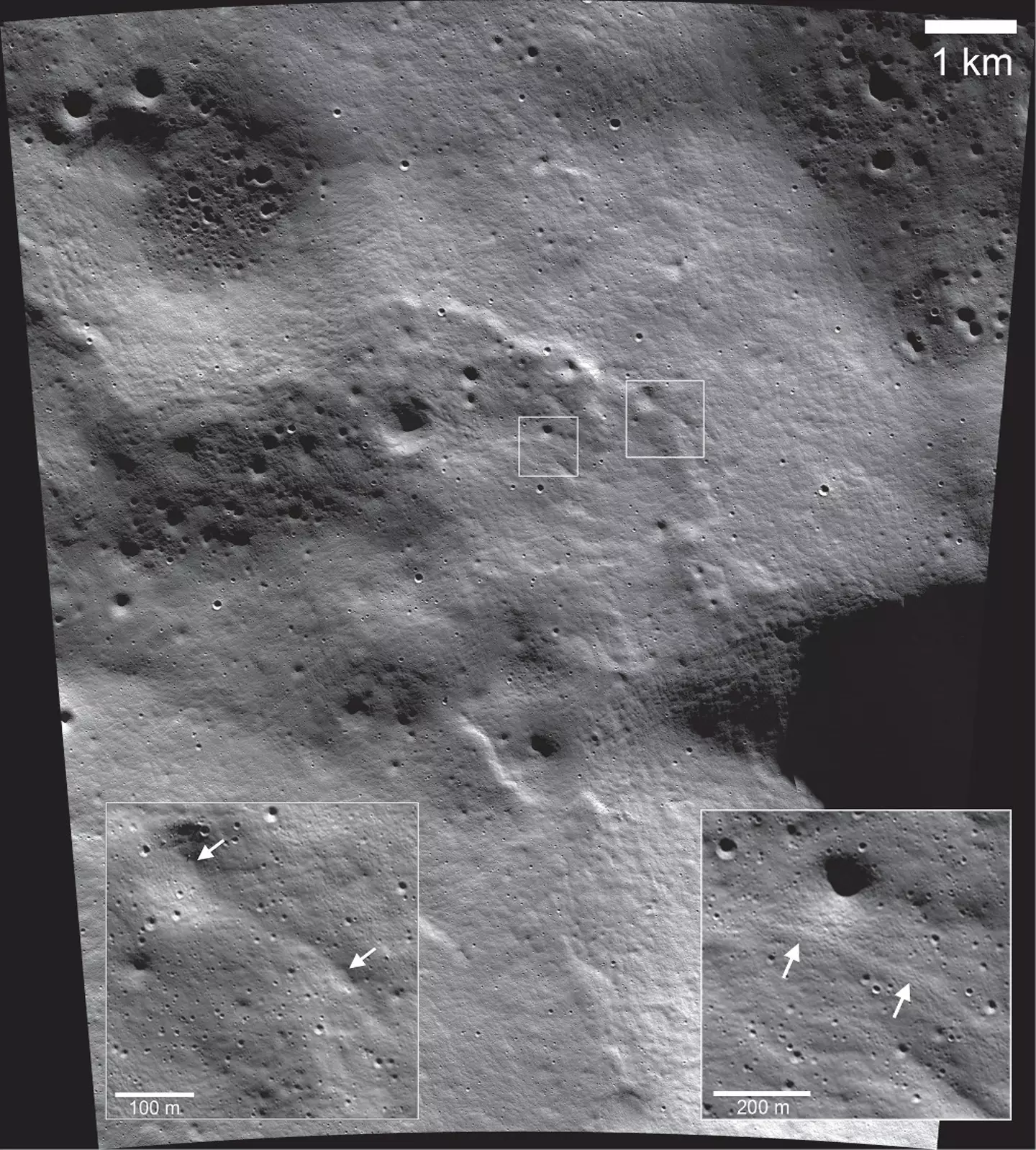
NASA/LRO/LROC/ASU/Smithsonian Institution
With NASA’s crewed Artemis III mission set to land on this part of the moon, Watter warns: “The global distribution of young thrust faults, their potential to be active and the potential to form new thrust faults from ongoing global contraction should be considered when planning the location and stability of permanent outposts on the moon.”
Schmerr resolves: “As we get closer to the crewed Artemis mission’s launch date, it’s important to keep our astronauts, our equipment and infrastructure as safe as possible.
“This work is helping us prepare for what awaits us on the moon – whether that’s engineering structures that can better withstand lunar seismic activity or protecting people from really dangerous zones.”